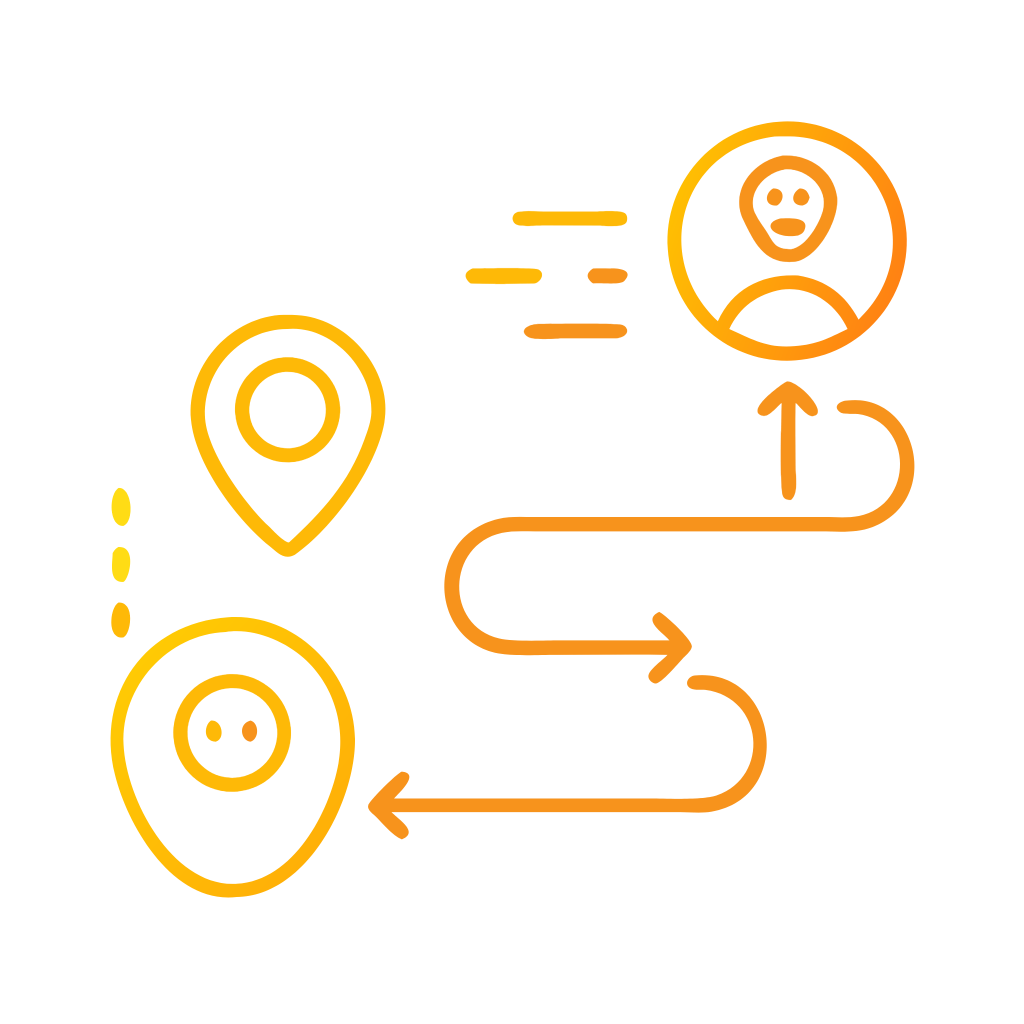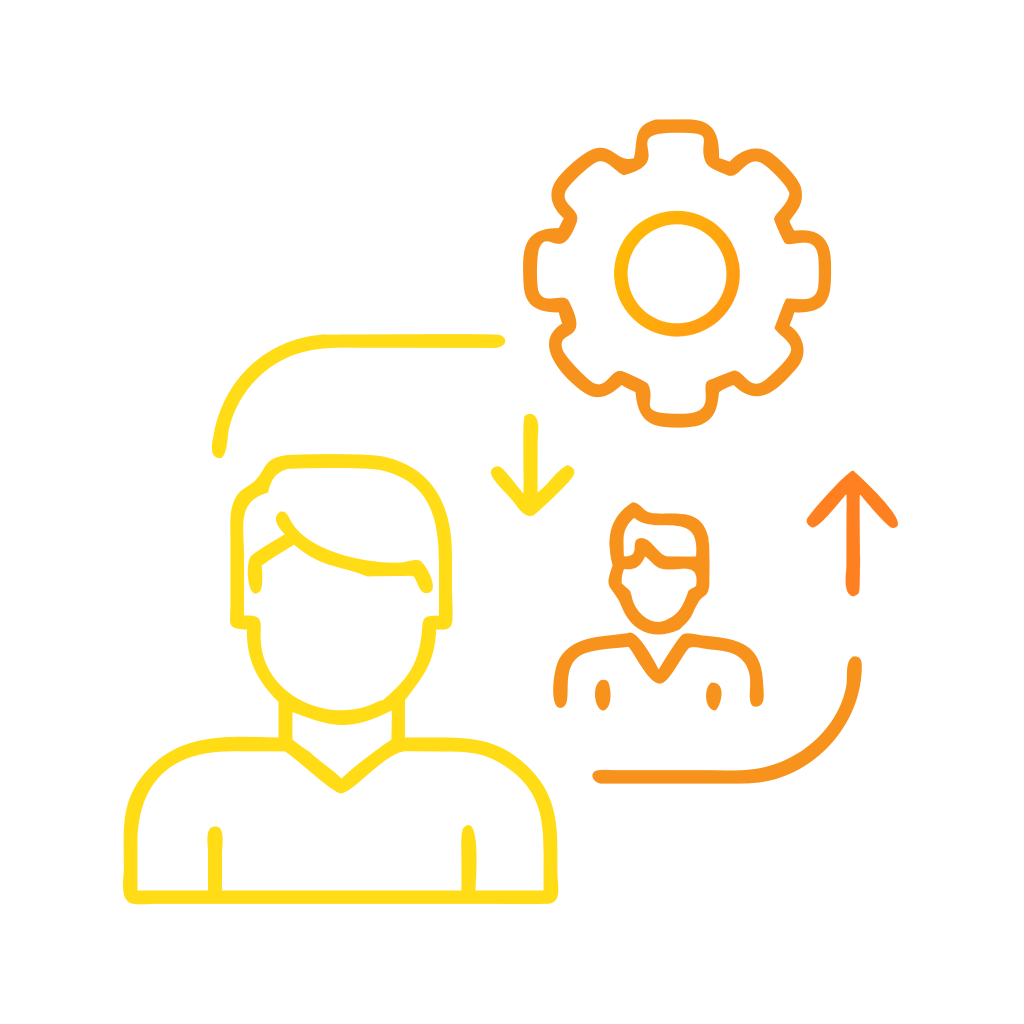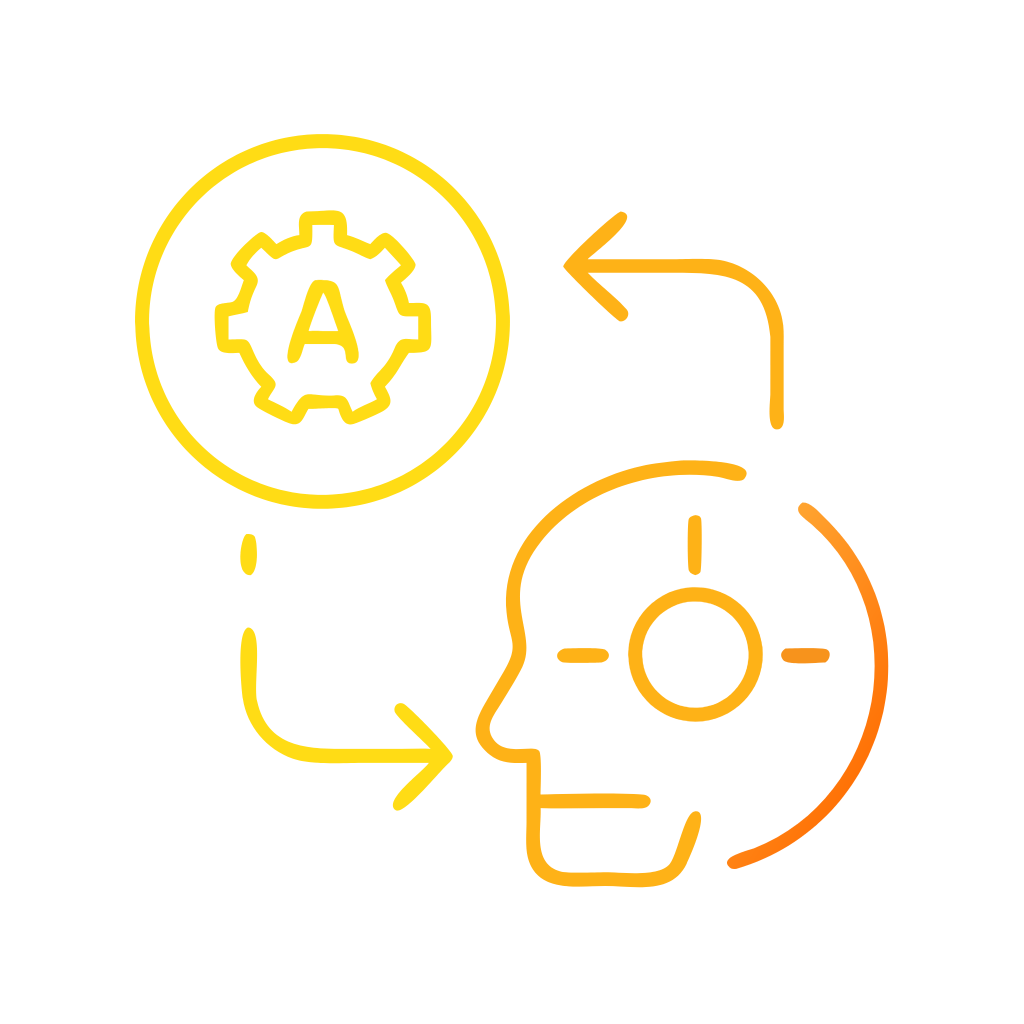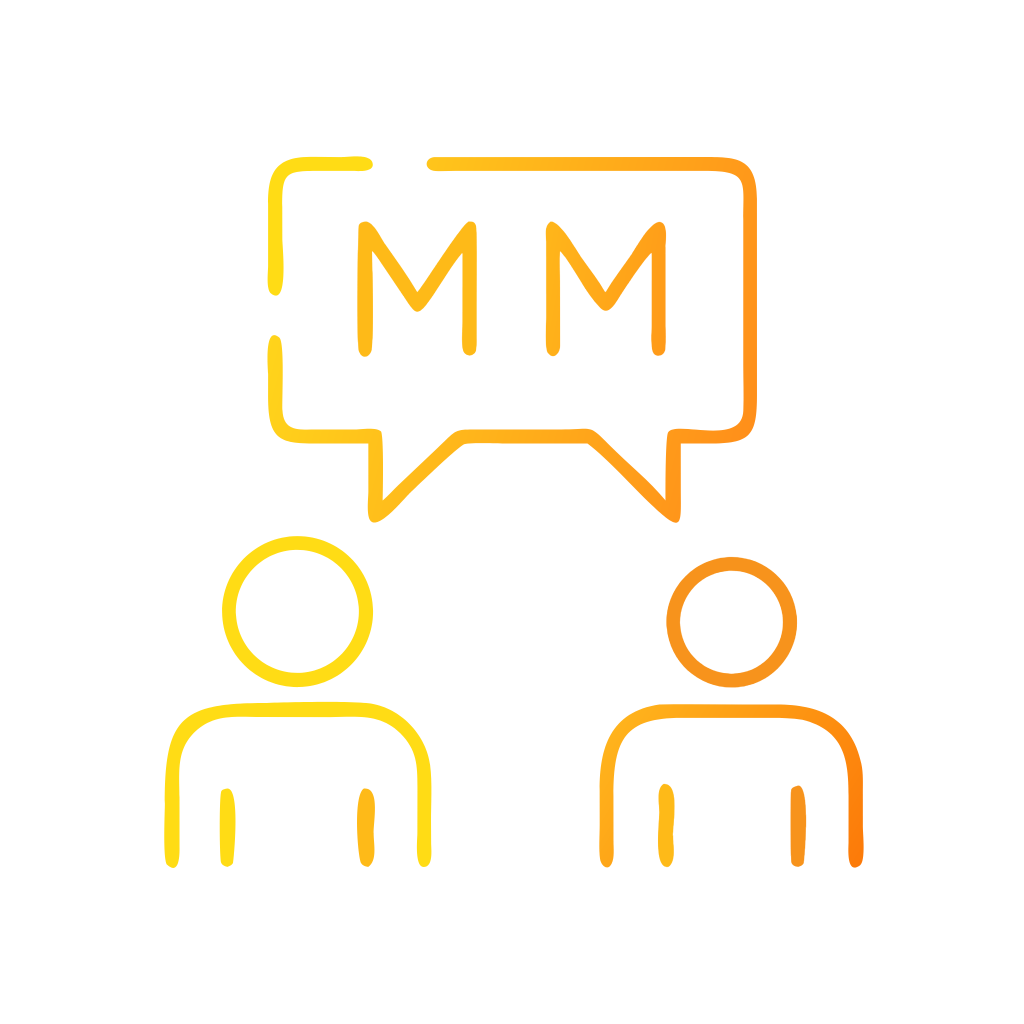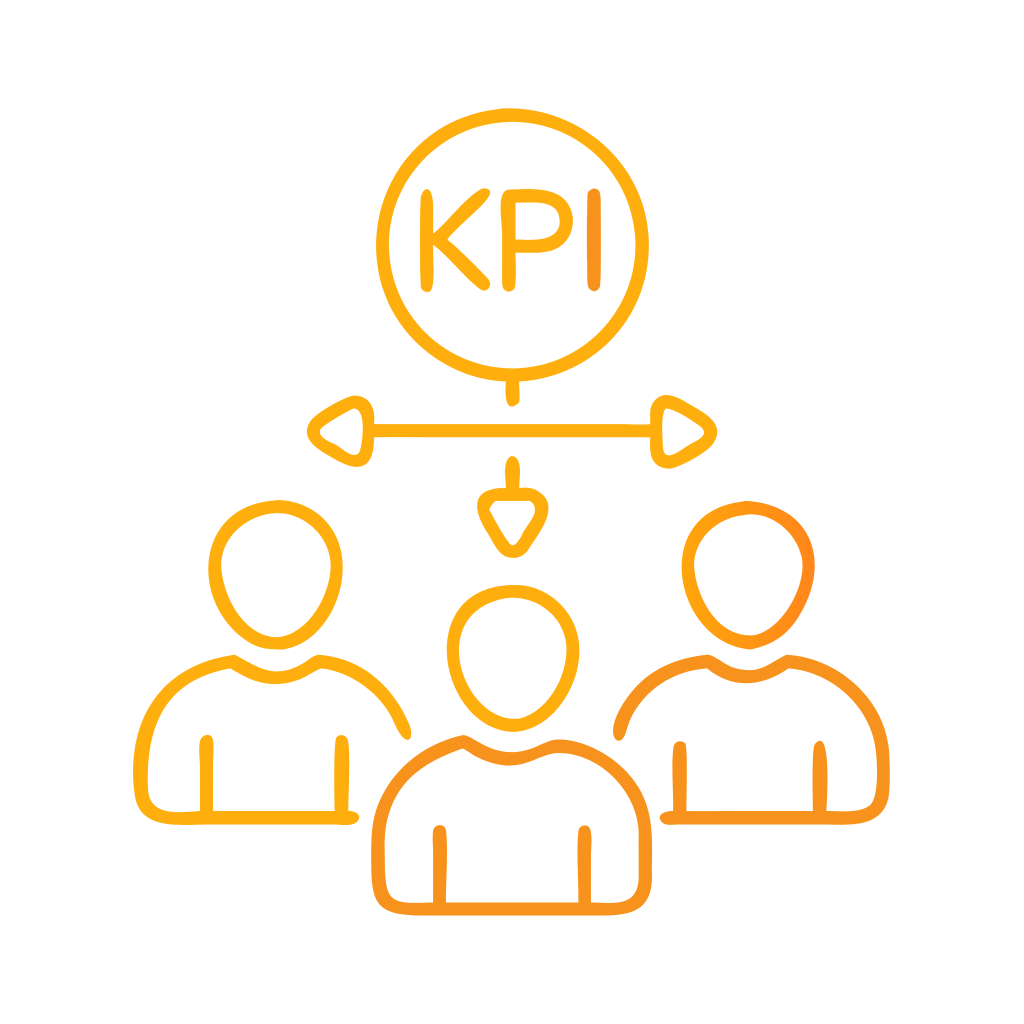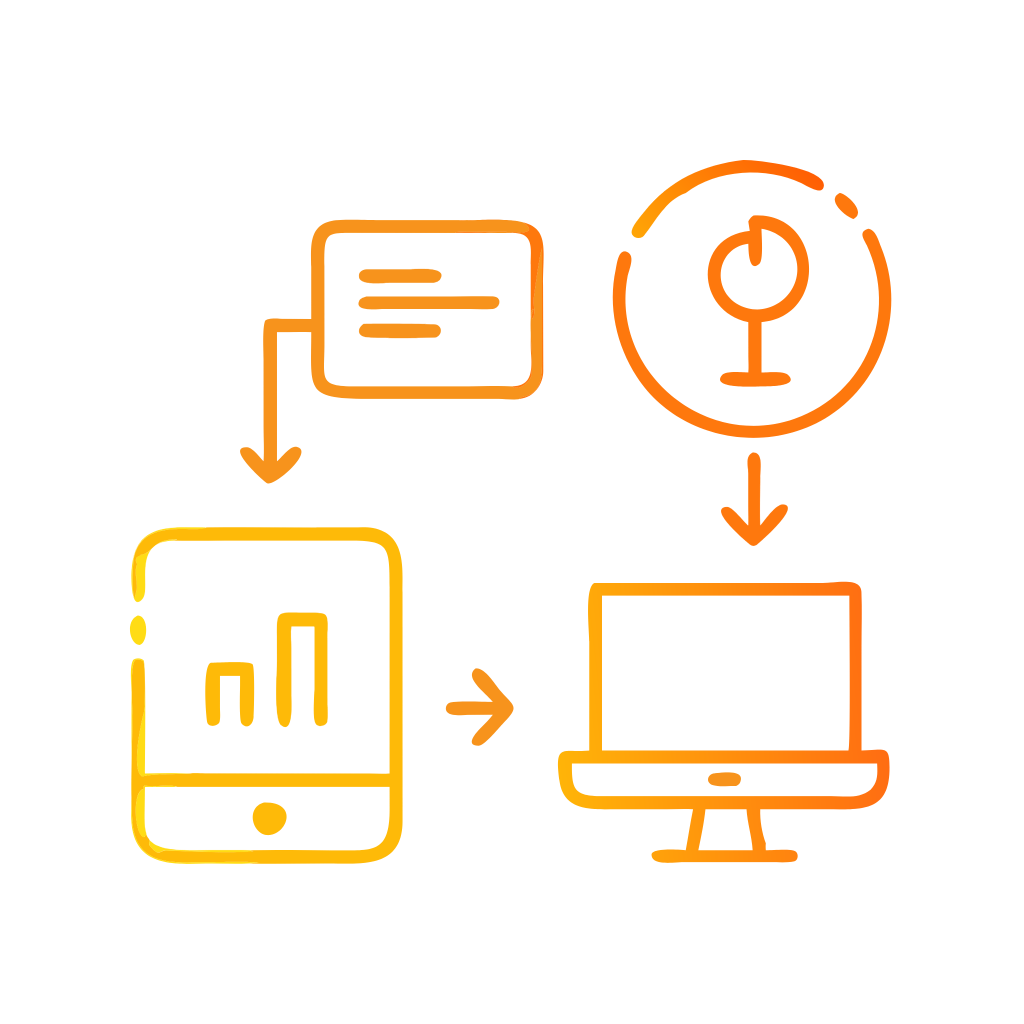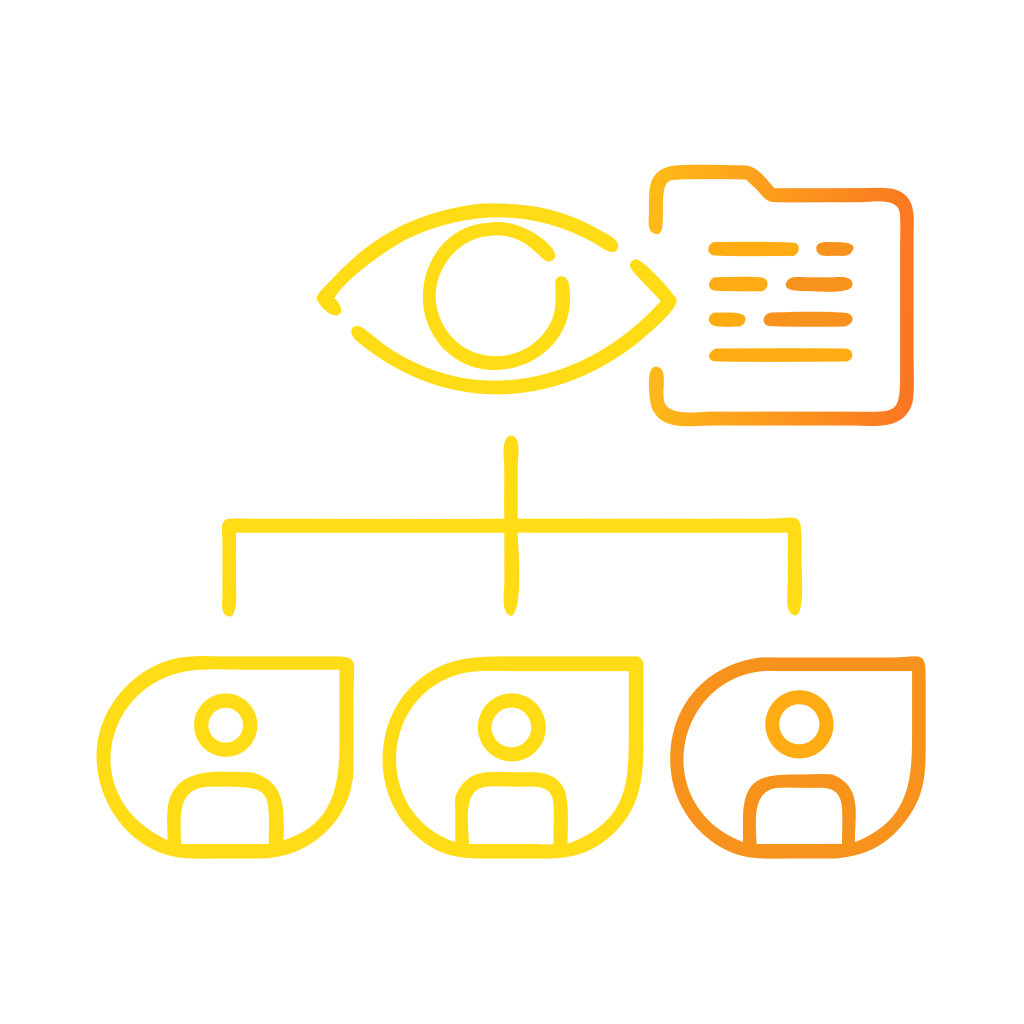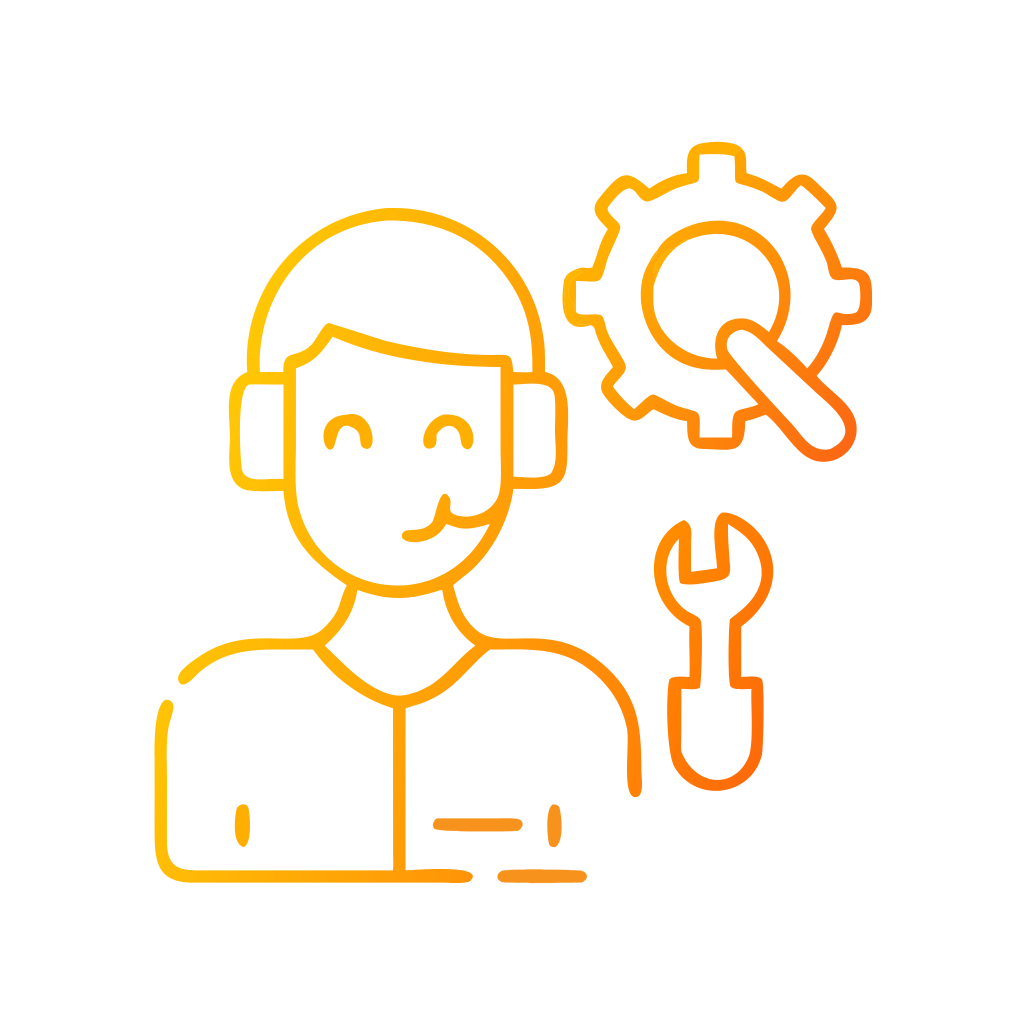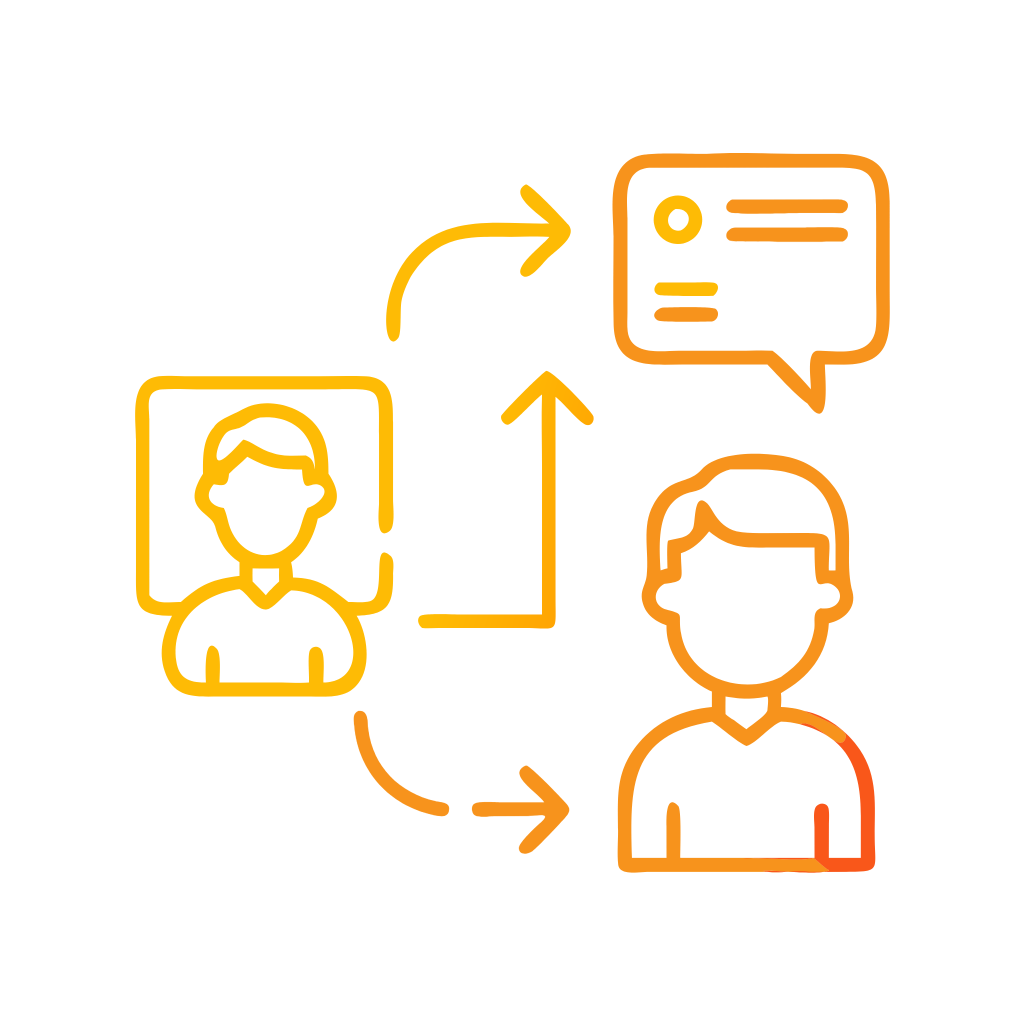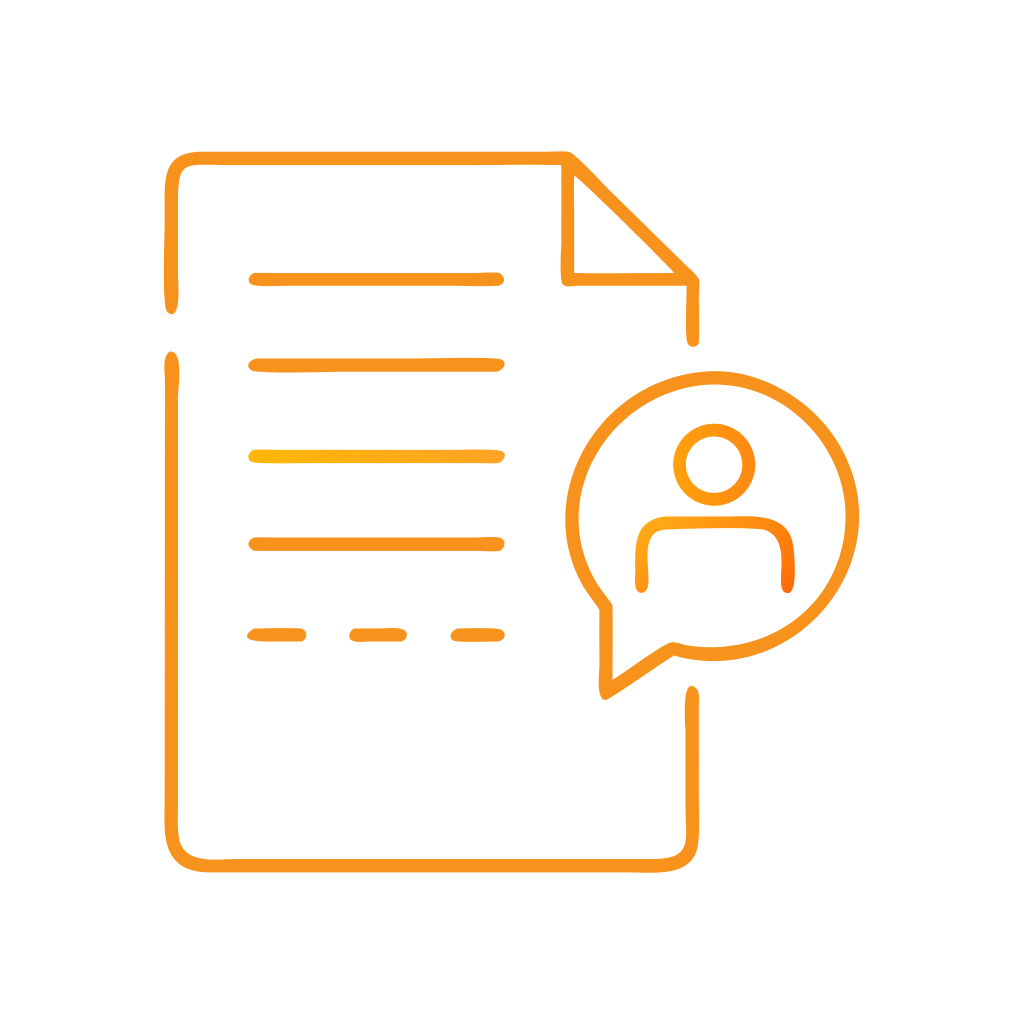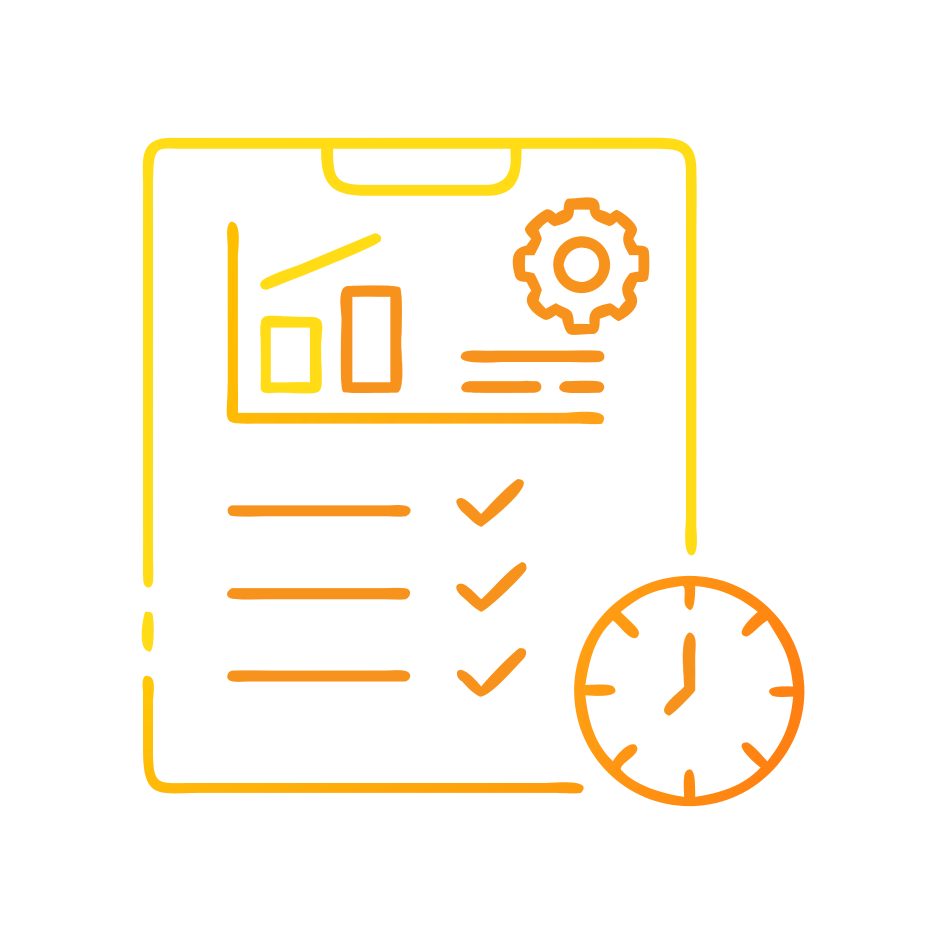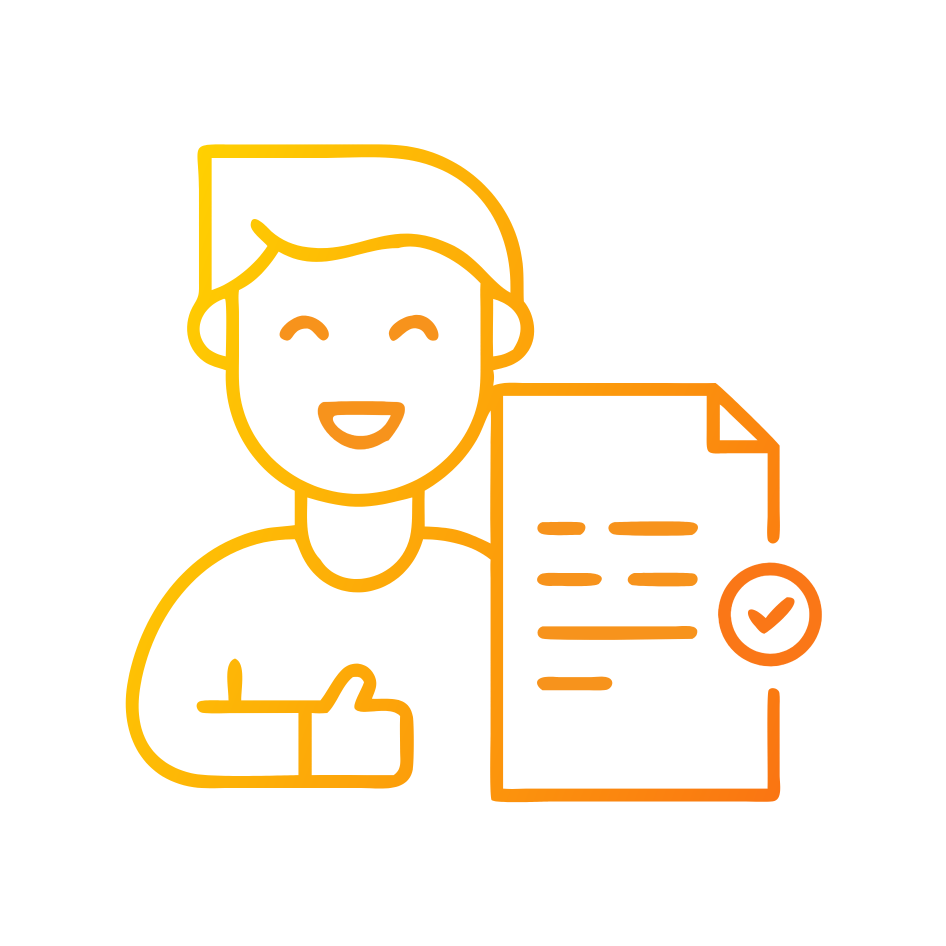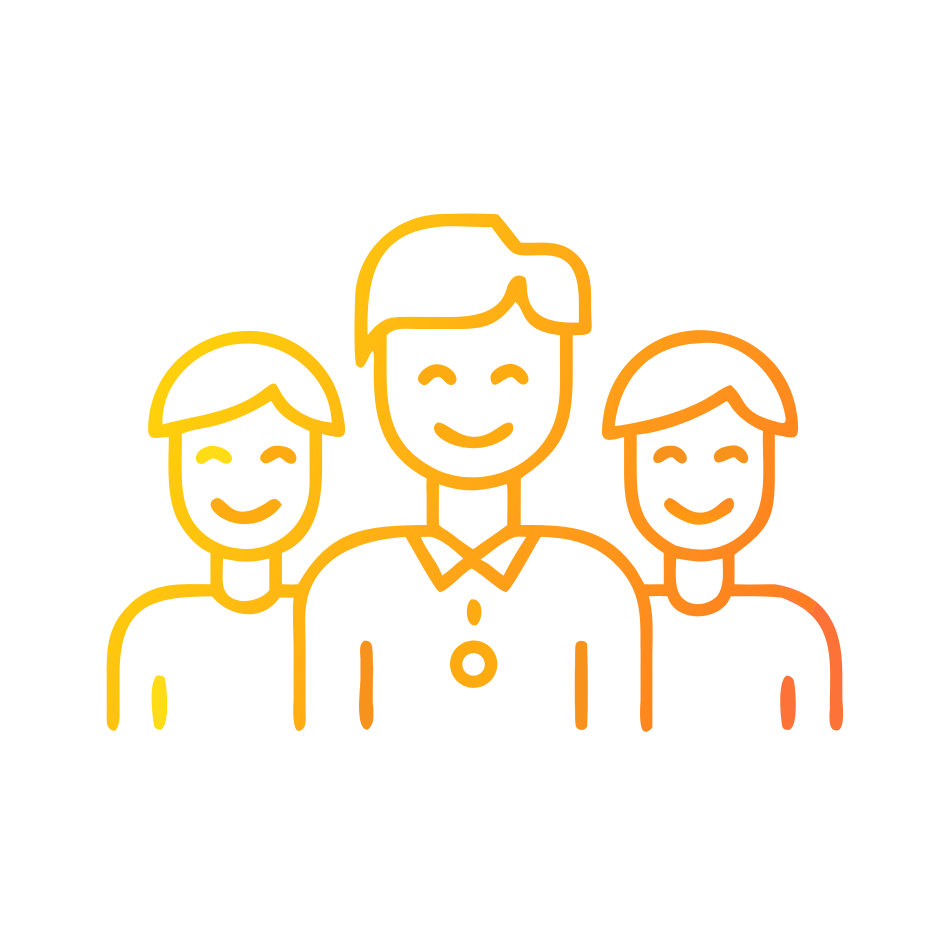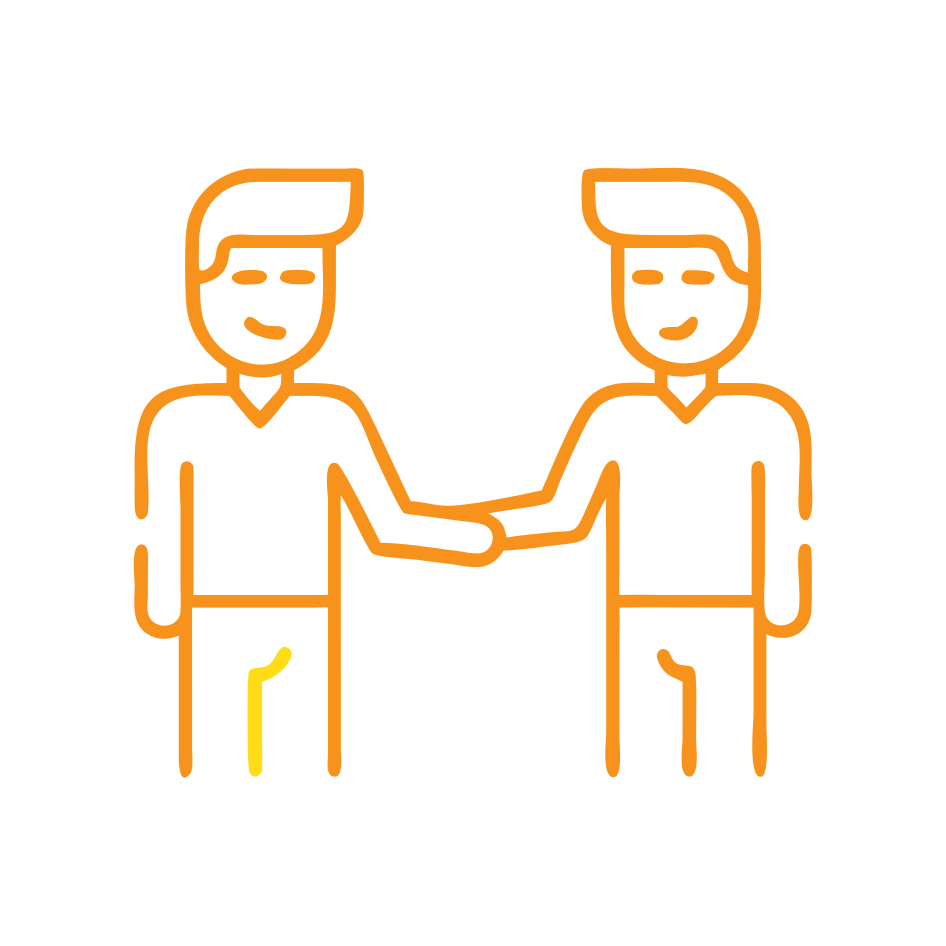You have probably heard the catch cry “customer service is critical to your business!”. It is a theme that has been around forever and is such a long-recognised aspect of running an operation effectively that it has become an overdone trope. The list of proven benefits are equally long including differentiation for future business, cost reduction, customer and employee engagement and customer retention.
There is an absolute plethora of articles out there covering the basic principles of customer service and contact centres. These are great – and quite necessary! – but what about the issues that arise despite the best efforts of your team when they deal with your customers? The complaints that come in despite your team all being friendly, helpful, accessible, and responsive?
The costs of these add up, from unnecessary repeat calls and additional complaints handling overhead, to just longer AHT for your team as they placate the customer and work their way through the issue. Taking the time to better understand your customers and how they interact with you from their perspective can open up powerful insights into how to improve your service further.
Get to know who your customers are, and how do their expectations and needs differ from each other?
Does your contact centre treat all customers the same? Do you make them jump through the same hoops when they contact you? Do you make them go through the same set of up-front questions over and over again?
Consider the example of a hotel near Circular Quay in the CBD of Sydney. Some of their clientele are international business executives, or tourists visiting Australia and wanting to explore and sightsee, or local couples enjoying a special night in the city.
Three vastly different types of guests, three sets of needs and concerns.
Through a process of customer journey mapping and segmentation analysis, the hotel was able to identify these groups, their critical needs and challenges, their identifying data markers, and the key touchpoints where a tailored experience would drive a better customer experience.
Using data gathered during the booking process they gave direction to staff on how to prepare rooms and interact with the guests on arrival. Details such as what power adapter types were provided in the rooms, whether to offer suit cleaning and ironing or hire care services, room service menu or tailored local restaurant recommendations and other personalised adjustments that added a WOW factor to the experience of staying with them.
This type of customisation can be delivered in contact centre environments as well. Customer service staff can be provided with on screen prompts based on the caller’s ID and which stage of the customer lifecycle their caller is within, whether they recently called in and why, and details of past orders. The customer service staff can then dramatically reduce the time-consuming and irritating initial discovery process of each interaction, as well as use this information to anticipate the customers needs without having it explained to them. This not only saves handling time but builds respect from the customer as it shows the service staff ‘just get it’ when it comes to understanding what the customer is needing at that time. Imagine getting the economy of scale benefits of a contact centre, with the personalised service of an Account Manager!
How can we understand our customers better?
Customer service teams are renowned for having an abundance of data but not using it effectively. They tend to be (understandably) focussed on their daily work and managing their teams, failing to ‘see the forest for the trees’. Little time, if any, is ever taken to review the full picture of how customers deal with your organisation, nor to talk to them outside of dealing with an immediate concern they have.
As touched on above, customer journey mapping is a powerful analytical approach to understanding when, how and why customers will interact with your business. By taking the time to map out the process from initial consideration, through purchase, fulfilment, repeat ordering or closure, it helps to identify the touchpoints that will be critical to their experience with you, and what their expectations and needs are at each stage of the cycle.
Overlay this with customer segmentation analysis, identifying the different types of customer you have and analysing their inquiry types and feedback trends will give you a clearer picture of what each type’s expectations and needs are at each point.
Finally, simply taking the time to talk to your customers outside of a particular transaction is something many businesses fail to do. A good mix of post-event surveys, focus groups, and in-context use case analysis is important to provide both quantitative and qualitative feedback on your business and product.
Are your good insights turned into actions?
All the valuable insights in the world are not worth a dime if they are not turned into benefits for the organisation or customers. There are generally two culprits: capacity and capability. One solution is to execute projects that generate a rapid return on investment, this way the added capacity and capability cost nothing and provide funding for future initiatives. This involves bringing in the specialist experts and project management services to ensure the challenges identified have a well-understood root cause, clear realistic corrective action/initiative, and a priorities plan to execute those activities. Then use those people to implement the solution alongside your existing teams, which in turn will develop your staff’s capability to retain in house. The improved customer experience, retention and growth achieved pays for the investment!
[spacer height=”20px”]The Customer Science team can bring a powerful suite of analytical approaches and decades of experience into a review of your customer service operation. We take the time to speak to your customers directly, can help develop your team and turn your insights into business benefits. If you are ready to take your centre to the next level of excellence, book in a discovery session with one of our team.


